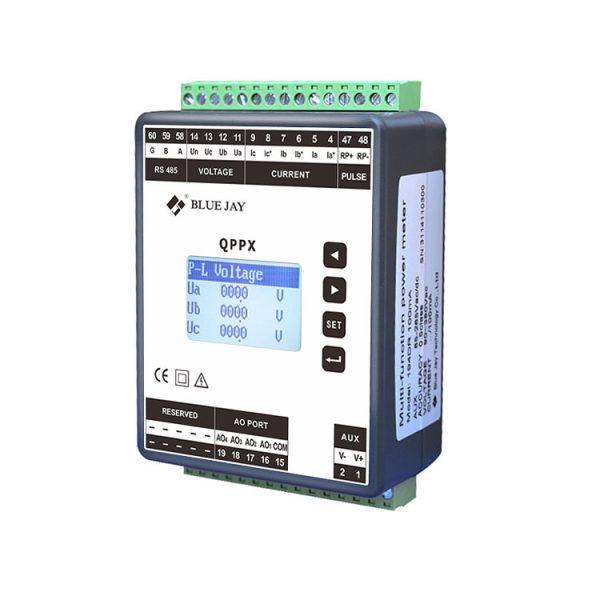Do you know Programmable transducers features?

Programmable transducers are electronic devices that are capable of converting one form of energy into another. They have become increasingly popular in recent years due to their versatility and ability to be programmed for a wide range of applications. In this article, we will discuss some of the key features of programmable transducers.
One of the most significant features of programmable transducers is their ability to convert one form of energy into another. For example, a transducer may convert electrical energy into mechanical energy or vice versa. This makes them incredibly useful for a variety of applications, from measuring temperature and pressure to controlling motors and actuators.
Another important feature of programmable transducers is their ability to be programmed for specific tasks. This means that they can be customized to meet the needs of different applications, making them highly adaptable and versatile. For example, a transducer used in a temperature sensing application may be programmed to provide accurate readings within a specific range of temperatures.
Programmable transducers also typically offer high levels of accuracy and precision. This is essential for many applications where precise measurements are required. For example, in a manufacturing setting, a transducer may be used to measure the force applied during a process to ensure that products meet strict quality standards.
In addition to their accuracy, programmable transducers are also known for their reliability and durability. They are often designed to withstand harsh environments and extreme conditions, making them suitable for use in a wide range of industries, including aerospace, automotive, and medical.
Another key feature of programmable transducers is their ease of use. Many transducers come with user-friendly software that allows users to program and control them with ease. This means that even those without extensive technical knowledge can use them effectively.
Finally, programmable transducers are often cost-effective compared to other types of sensors and measurement devices. This makes them an attractive option for businesses and organizations looking to reduce costs while still maintaining high levels of accuracy and reliability.
In conclusion, programmable transducers offer a range of features that make them highly versatile, accurate, reliable, and cost-effective. Their ability to convert energy from one form to another, combined with their programmability and ease of use, makes them an essential tool for a wide range of applications in many industries.

- Art
- Causes
- Crafts
- Dance
- Drinks
- Film
- Fitness
- Food
- Games
- Gardening
- Health
- Home
- Literature
- Music
- Networking
- Other
- Party
- Religion
- Shopping
- Sports
- Theater
- Wellness


